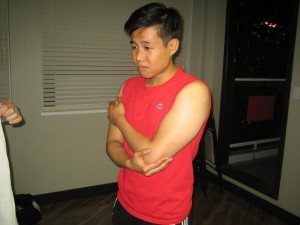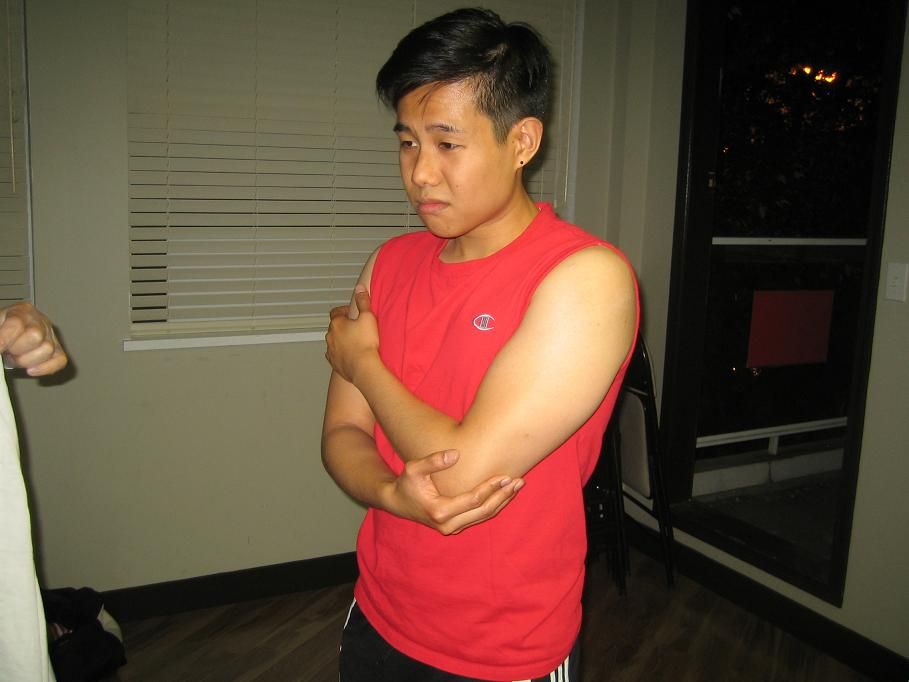Fall related injuries are included among the top ten causes of death for older

people and falls are the leading causes of injury in the elderly adult population accounting to 62% of all nonfatal accidental injuries treated in the emergency department (Public Health and Aging, 2003). Furthermore, in the same report 35% and 40% of community-dwelling elderly people and 60% of nursing home residents fall annually and it is approximated that half of the percentage tend to experience repeated fall related injuries.
The incidence of fall related injuries rises with the increase in age and tends to be highest in those older adults ageing eighty years old and above. This is highly attributable to the fact that elderly people tend to acquire multiple problems and illnesses as they age. Although most falls by elderly adults do not result in severe incapacitating injury, the most common fracture occurring is hip fracture which results from osteoporosis and the situations that further aggravated the cause of the fall such as vision impairment and loss of balance.
Incidence of fall related injuries among the elderly male and female population
Most falls by the elderly result in both serious as well as non-fatal sustained injuries in general. Medical studies have already shown that rate of elderly women’s bone loss is much faster and much more pronounced than in the elderly male population. Although statistically speaking, the elderly population in general experience the same risk and probability of fall related injuries, the difference is that the female elderly population experiences more sustained and much graver forms of injury such as hip fractures brought about their predisposition to osteoporosis. Of the estimated 1% elderly adults who fall and sustain a hip fracture. 20% to 30% die within one year of the sustained injury (Tideiksaar, 2003). Generally, elderly women based on the statistics, sustain a greater degree of injury than in elderly men.
Causes of fall related injuries
Causes of fall related injuries are basically multi-factorial. Both extrinsic factors such as changes in the environment or poor lighting and intrinsic factors such as physical illness, neurologic changes or sensory impairment oaky a vital role in causing falls among the older adult. The use of many medications, medication interactions, and the use of alcohol precipitate falls by causing drowsiness, decreased coordination and postural hypotension. Falls have physical dangers as well as serious psychological and social consequences. It is not uncommon for an older person who has experienced a fall to become fearful and lose self-confidence.
Providing safety and preventing fall related injuries
Healthcare workers such as private nurses and family members can help assist and encourage older adults in making the latter’s lifestyle and environment much safer. Adequate lighting with minimal glare and shadow can be achieved through the use of small area lamps, indirect
lighting, sheer curtains to diffuse direct sunlight, duller rather than shiny surfaces and Nightlights are preferred over the other. Sharply contrasting colors can be used to mark the edges of the stairs. Providing grab bars in the bath tub shower and toilet area adds to the safety in slippery areas of the house. Properly observing a safe and hazard free environment and personal items such as loose clothing, improper fitting shoes, scattered rugs, small objects and pets that create unnecessary hazards can help in preventing fall related injuries among the older adult.

